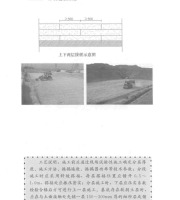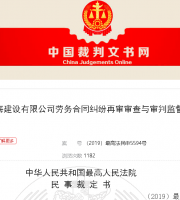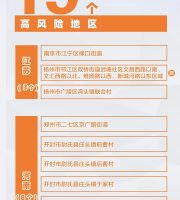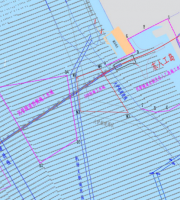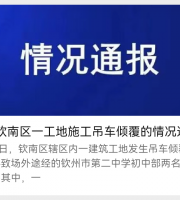The buckle type scaffold has the advantages of high bearing capacity, sturdy structure, safety and reliability, easy disassembly, long service life, and convenient management; A non fading and non rusting surface enhances the engineering image. Widely used in public buildings such as bridges, pipelines, corridors, buildings, subways, large factories, large stages, sports venues, etc..

As a supporting system, buckle type scaffolding is an important equipment in engineering construction. Once safety issues arise, the consequences are unimaginable. So everyone must pay attention to standardized operation when using to ensure personal safety. This article aims to provide a brief introduction to the installation, construction, dismantling, and acceptance of scaffolding brackets with buckles..

Building structural safety has always been the primary goal of various projects, especially public buildings. In order to ensure the safety and stability of buildings during earthquakes, it is necessary to ensure the safety and stability of buildings. The safety requirements for using buckle type scaffolding brackets are as follows:.

1. Construction should be carried out in accordance with the approved plan and on-site disclosure requirements. Cutting corners and materials are not allowed, and construction techniques must be strictly followed. Deformation or correction of columns cannot be used as construction materials..

During the installation process, it is guided by skilled technicians and accompanied by security personnel for inspection and supervision..

During installation, it is prohibited to cross work up and down. Practical measures should be taken to ensure the safe transmission and use of materials, accessories, and tools, and warning lines should be set up at traffic intersections and work areas according to the on-site situation..

4. The construction load at the working layer should meet the design requirements, and overloading is not allowed. Materials such as formwork and steel bars should not be stacked together on the scaffolding..
5. When using a buckle scaffold, the poles of the frame structure must not be dismantled arbitrarily. If demolition is required, it must be approved by the technical director and remedial measures must be determined before implementation..
6. The buckle scaffold should maintain a safe distance from the overhead transmission line, and the lightning protection measures for temporary power lines and scaffold grounding on the installation site should comply with the relevant provisions of the current industry standard (JG461). The lightning protection measures for temporary power lines and scaffold grounding on the installation site should also be taken..
① When encountering strong winds, snow, or fog of level 6 or above, scaffolding dismantling operations should be stopped..
② Ladders are used to climb up and down the scaffolding, not to mention tower cranes and cranes..
When installing the support frame of the buckle type scaffold, the upright pole should be added first, followed by the horizontal pole, and finally the diagonal pole should be added. The diagonal pole should be used as the foundation support, and then it should be erected as a whole..
1. Mark the dimensions according to the bracket configuration diagram and correctly lay out the layout. The range of installation can be adjusted at any time according to the design drawings or as specified by Party A, along with the installation of the support..
After laying out the base, the adjustable base can be placed in the appropriate position. Pay attention to the base plate when placing, and materials with uneven base plates are strictly prohibited from use. The base wrench is pre adjusted to a distance of approximately 250mm from the base plate for easy adjustment of the installation time and height. The main sleeve part of the standard base should be lifted on the wrench force surface, and the lower edge of the standard base should be completely placed in the groove of the wrench force surface. Apply a crossbar casting head position on the small hole position of the disc, so that the front end of the crossbar casting head is against the main frame circular tube, and then use an oblique wedge to pass through the small hole and knock it in place..
3. After leveling the entire frame, if the frame is on the same horizontal plane.

